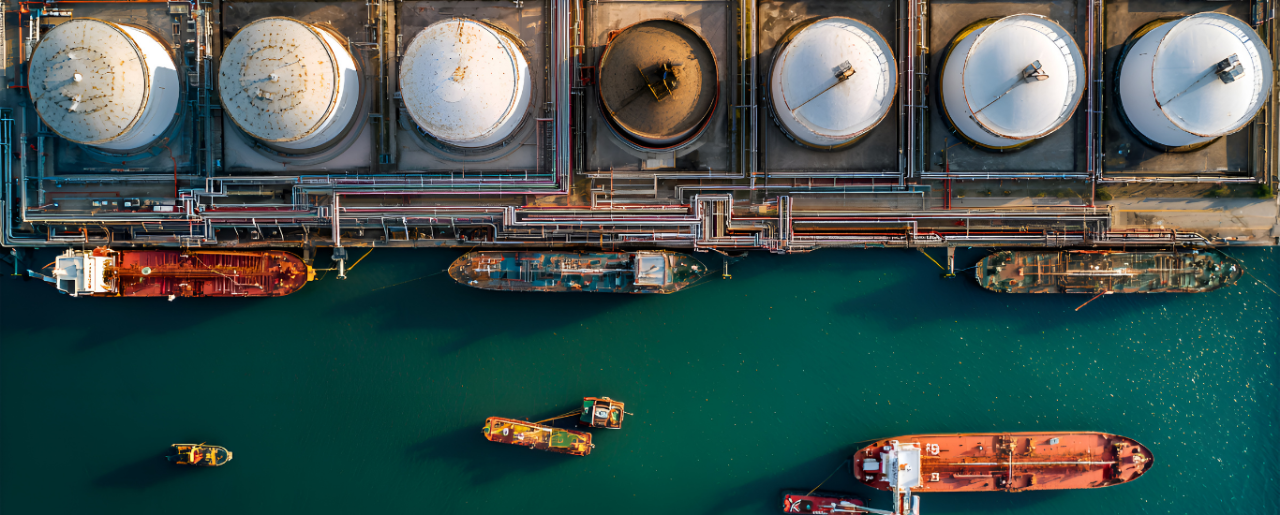
Reference Values for Marine Fuels
This page provides key fuel density data (at 15 °C) for various marine fuels used in energy-equivalence and volume-to-mass calculations. These values are essential inputs for converting between energy content, mass, and volume in the Fuel Equivalence Converter and related tools.
The fuel convertor tool provides high-level estimates and comparisons only and should not be relied on for compliance or legal purposes.
| Fuel | Density kg/m3 (at 15°C) | Density kg/m3 Range | Sources |
| HFO | 991 | 900 – 1,000 |
|
| LSFO Crude | 950 |
900 – 1,000 | PAME |
| LSFO Blend | 950 | 900 – 1,000 | PAME |
| ULSFO | 900 | 850 – 950 | PAME |
| VLSFO | 991 | 900 – 1,000 | ING |
| LFO | 840 | 820 – 860 | PAME |
| MDO_MGO | 991 | 900 – 1,000 | ING |
| LNG | 450 | N/a | International Registries |
| NH3 | 840 | N/a | ING |
| Methanol | 794 | N/a | IEA Bioenergy |
About this data
Densities are specified at 15 °C, a standard reference temperature for marine fuel measurement.
Ranges are included to reflect variability due to fuel grade, blending, and supplier sources.
Data is drawn from credible sources such as ING, International Registries, and IEA Bioenergy.
How to use these values
These densities are used by the Fuel Equivalence Converter to:
Convert mass (tonnes) to volume (m³)—helpful for bunker planning and storage assessments.
Support energy-equivalence calculations, enabling users to understand how much alternative fuel is required to match the energy of conventional fuels.
Compare vessel fuel usage against standard baselines (e.g., Marine Fuel Oil daily consumption).